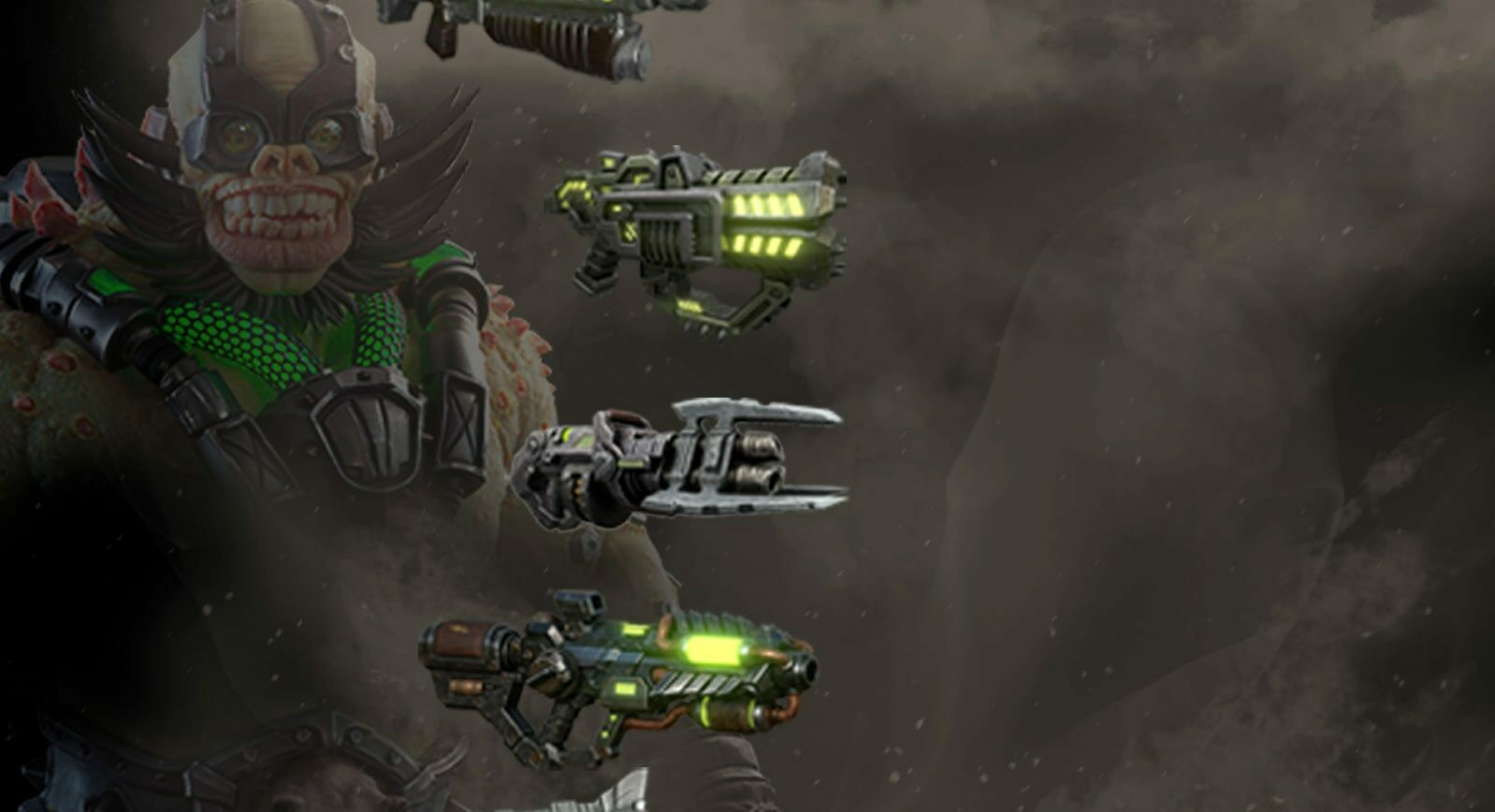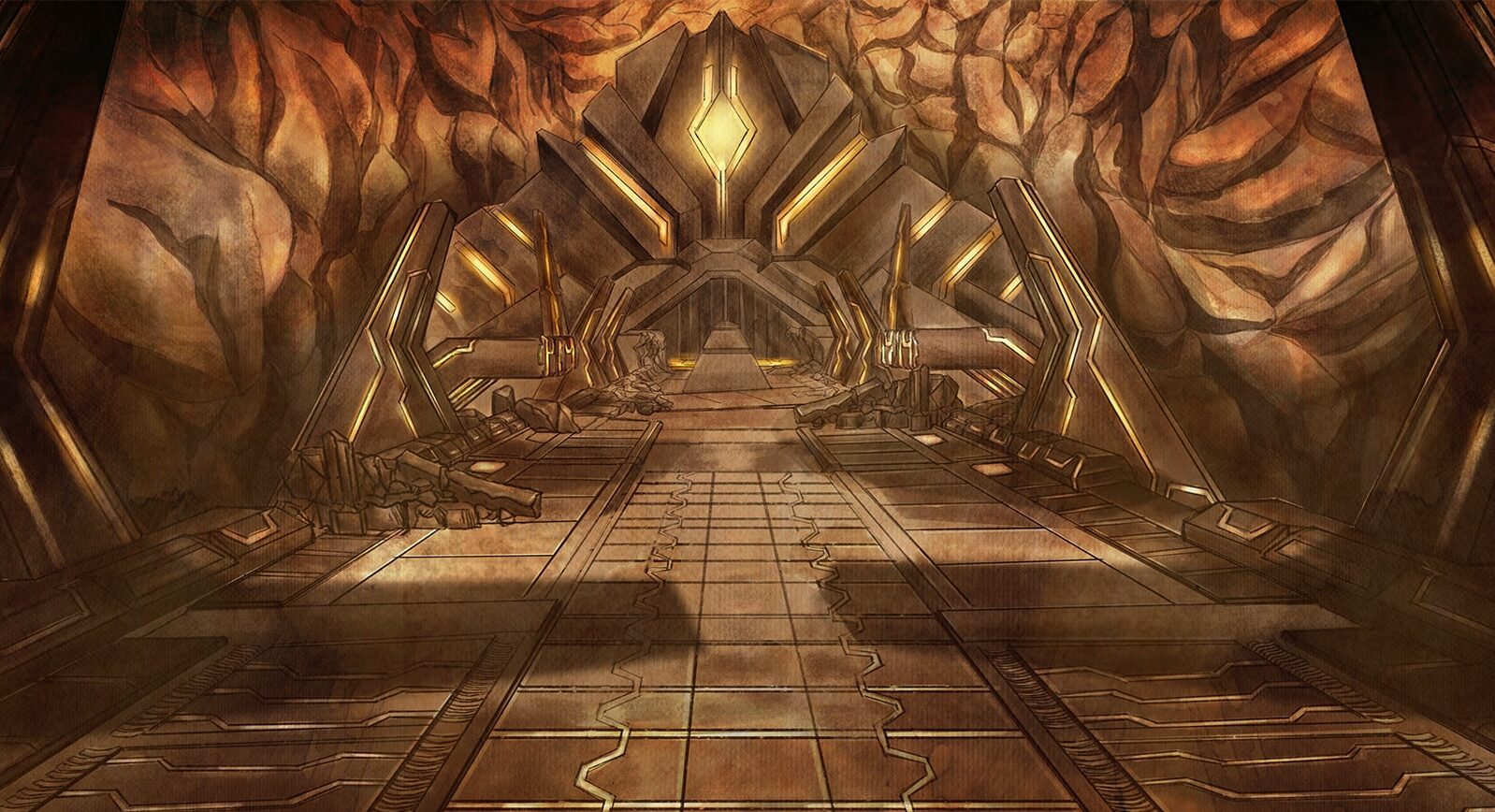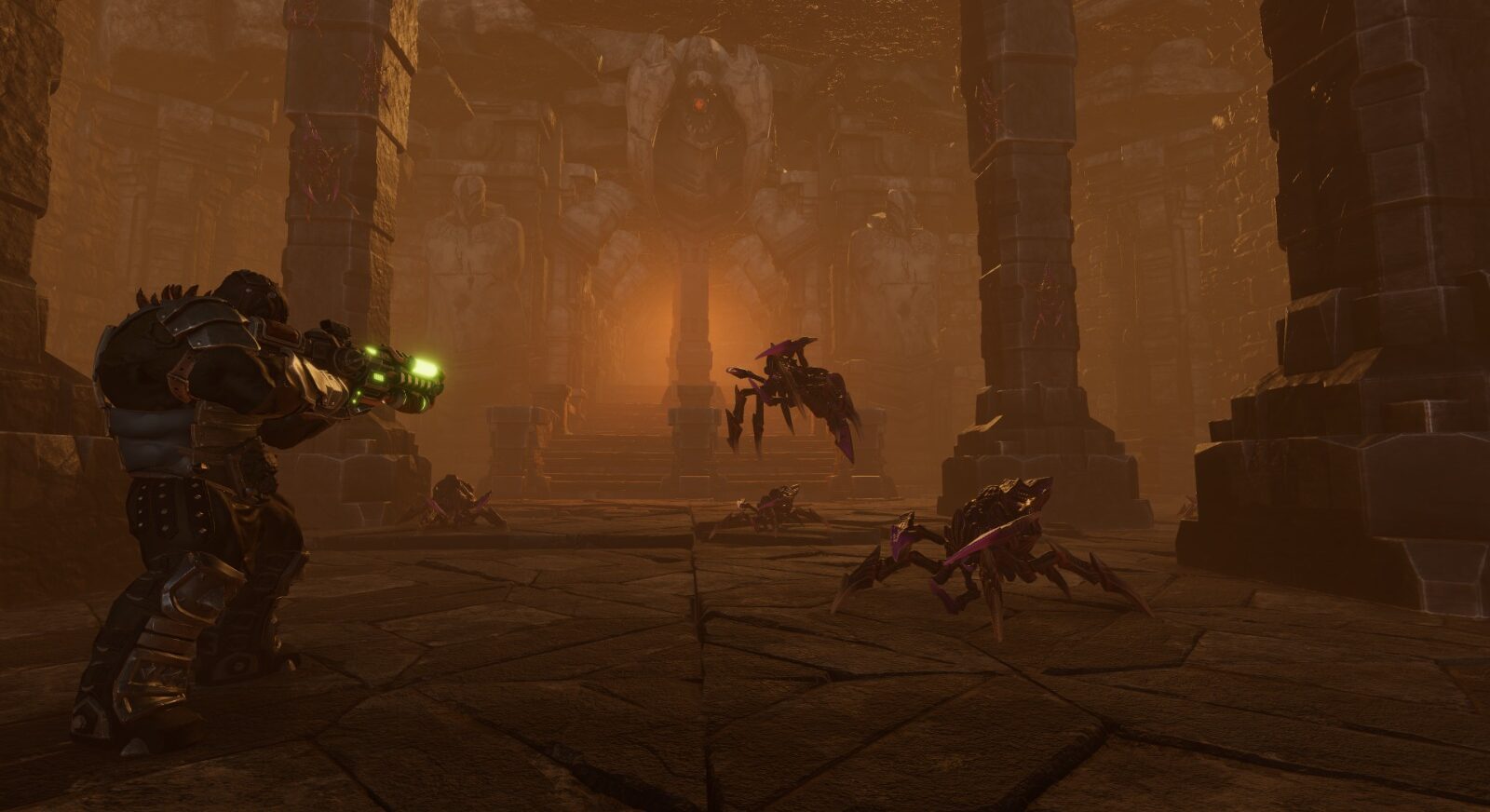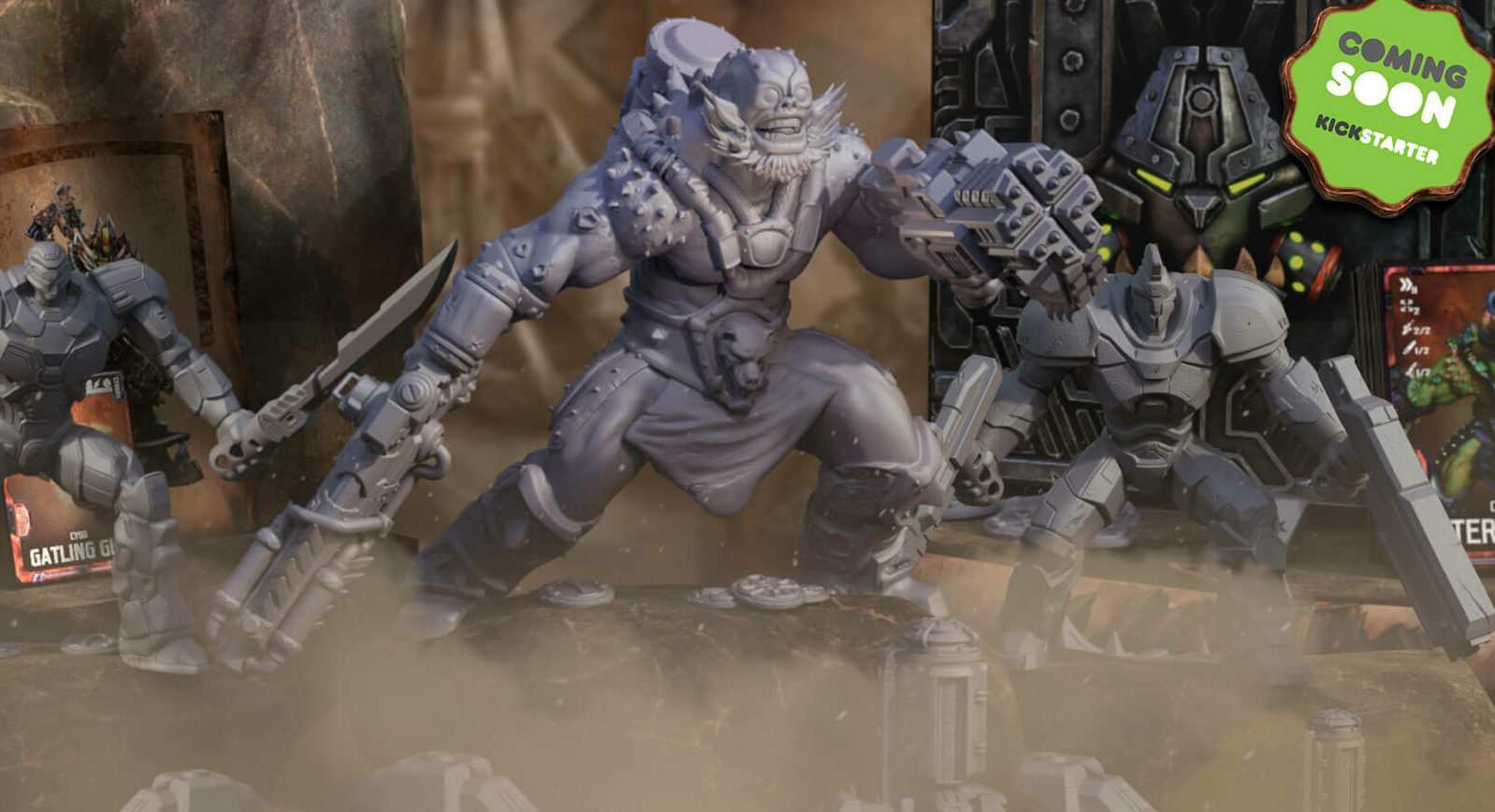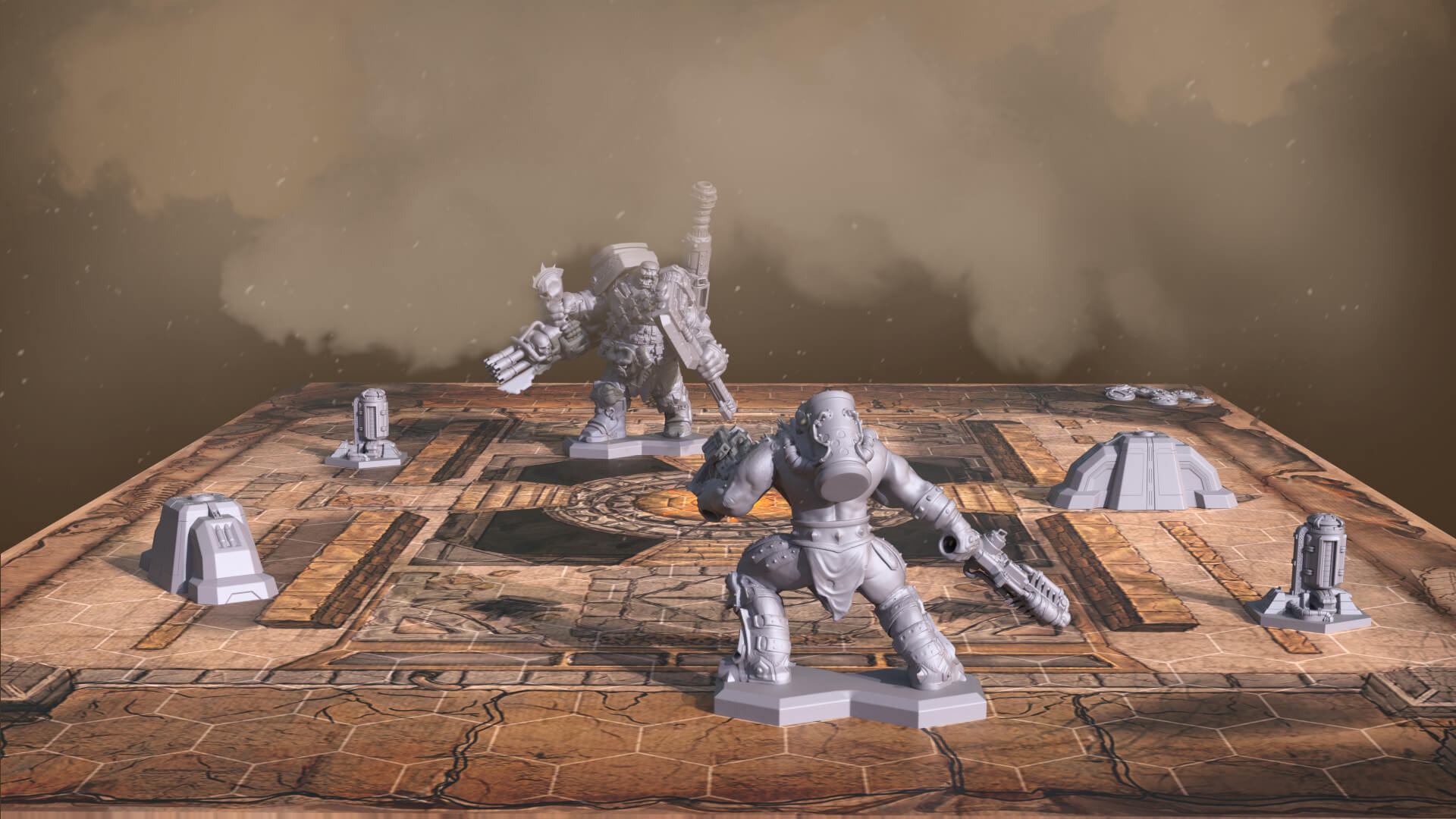The Art of Crafting Gameplay
in Video Games
In the world of video games, gameplay is the beating heart that propels players into extraordinary adventures. It’s the carefully orchestrated dance between mechanics, challenges, and interactivity that keeps gamers engaged and invested. In this blog post, we’ll delve into the intricate process of how game companies create gameplay, unveiling the steps and considerations that transform ideas into captivating virtual experiences.
Ideation and Conceptualization
The journey of gameplay creation begins with a spark of imagination. Game designers collaborate to brainstorm ideas that define the core gameplay mechanics, objectives, and player interactions. These ideas are the foundation upon which the entire gameplay experience will be built.
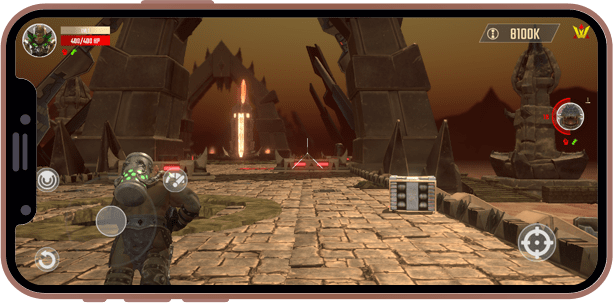
Designing Mechanics and Systems
Once the conceptualization phase is complete, designers dive into the nitty-gritty of defining gameplay mechanics and systems. This involves outlining how players will move, interact with objects, solve puzzles, engage in combat, and navigate challenges. Designers meticulously balance the mechanics to ensure they align with the game’s genre, target audience, and intended level of difficulty.
Prototyping
Prototyping is a crucial step in the gameplay creation process. Game developers create basic, functional versions of the gameplay mechanics to test their feasibility and potential for fun. These prototypes allow designers to experiment with different approaches, iterate quickly, and identify any potential design flaws or roadblocks.
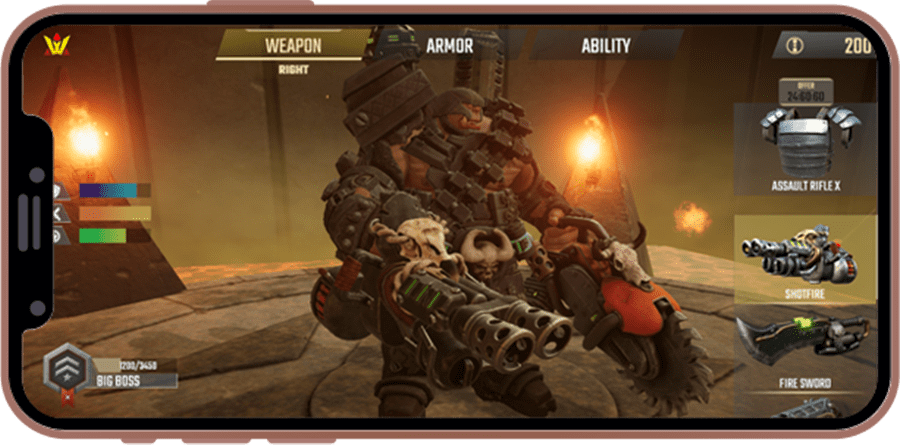
Playtesting and Iteration
Playtesting involves getting the game into the hands of actual players or testers to gather feedback on the mechanics’ effectiveness, balance, and enjoyment factor. Designers pay close attention to player reactions, identifying points of frustration or excitement. Feedback is used to refine and iterate upon the mechanics, making necessary adjustments to ensure a satisfying gameplay experience.
Level Design and Progression
Gameplay is closely tied to the levels or stages that players navigate. Level designers create environments that complement the established mechanics, crafting challenges that gradually increase in complexity. They meticulously design pacing, difficulty curves, and progression to keep players engaged and motivated.

